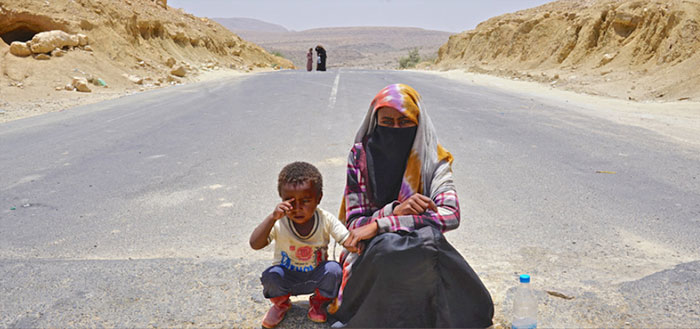What is the it we are with?
"With it" was a hip phrase in those days. It meant aware of and sensitive to what is new and hot. To be "with it" is to know what's "trending" (as we might say today) and to be up-to-the-minute in knowing what people are talking about (in the media, and thus in society). "With it" is also, implicitly, the opposite of square. "Square" meant - perhaps still means - out of it, attached to the past, tied to traditional values ("family values" in the 1960s), "bourgeois" in one's world view, hung up on outdated morality, not up-to-date, still listening to old timey music and not to the hits of the moment, corny and unadventurous, and so forth. Not groovy, cool, NOW.
I would take McLuhan's claims that once we have telecommunications we are automatically "with it" with a grain of salt. We might be able to "keep up with the Kardashians" more easily; but is knowing celebrity gossip really the height of awareness, informed-ness, even coolness? (McLuhan's "a princess gets married in England" - this too was prophetic; it was long before the Lady Di craze or the arguably more meaningful marriage of Meghan Markle.) And if we do know what everyone is talking about for the current 15 minutes, is there anything we may have lost by being "with that." The it we are with thanks to electronic media is so often a bunch of soundbytes about celebrities, brief news of distant tragedies that can affect us little and we can do nothing about, or maybe even a picture of the amazing sandwich our friend had for lunch (though that, at least, is something actually more connected with your real life than most of what is in the media).
Is it really important or meaningful to know right away that a distant princess has gotten married, or that Zendaya has just had a wardrobe malfunction, or whatever? Why is that even a part of your reality? What impact can it have on you and your immediate world? Isn't it usually just more vicarious "entertainment," ultimately nothing to do with you - and nothing you can do anything with? Why has it become such a big part of most people's "reality"?
Let's take a closer look at one claim McLuhan makes for broadcast media making us "with it." He says it means "we've understood completely, we've got the message, as it were, in every way possible." This seems a preposterous claim to me.
The 1960s TV news McLuhan had in mind - like the radio, TV and commerical news outlets we have today - provided the latest news that somebody thought we should know. But it's certainly debatable that we received any "message" in "every way possible." On the contrary, most media critics would say that we got a very partial view of stuff about which most of us never really knew enough. A little knowledge is a dangerous thing. Native drums can only transmit so much information - and a single point of view. In a way, books and newspapers had offered more perspectives, more information, more in-depth analysis, more invitation to reflection and critical re-reading.
Unlike the television McLuhan was so excited by, the Internet we have today does bring his ideal closer to possibility, I think. It provides infinitely more perspectives to find out about something than a couple of TV news stations could. In theory, we networked people of the 21st century can use the Internet to understand something in a remarkably complete way, by looking at absolutely everything everybody has said about it on the Internet. But are we really capable of - or even interested in - using the Internet this way very often?
If a friend shares something about a protest march in some distant part of the world on Facebook or Instagram, for instance, and we notice their share and read the headline and maybe see a picture from the protest, have we really understood anything at all, let alone understood it "in every way possible"?
Is a picture really worth a thousand words?
Most of the "it" we are with since McLuhan is conveyed by images. Seeing is believing, supposedly, and many people thought the immediacy with which television brought images of the world into your living room meant that we had more access to reality, including the reality of the whole global village.
People love the idea that "a picture is worth a thousand words." But is it really true?
The way I see it, a picture conveys a tiny framed glimpse of reality (or of a lie!). It doesn't provide or ask for a rich or multifaceted understanding. Images can be good at conveying emotion and a sense that you are seeing something "real"; but they don't really provide a lot of perspective or context, and they can easily lie about or distort the reality. They can communicate a message, but hardly "in every possible way." They communicate one point of view, as a camera lens does (by its very nature), or possibly no clear meaning at all.

On the contrary, I might argue that a thousand words (or more!) is more likely to provide a multidimensional "picture" of something. And unlike a picture, a thousand words involves logic and connections that a reader can think about, participate in, and question. I hope and assume that most of your are doing those things as you read these words.
An image is a thing to be looked at, as an outsider. You can interpret it however you like, feel something or not, ignore it. You can enjoy the composition or colours, purely aesthetically, get off on it, fantasize about it, or simply look away. A thousand words - or a few thousand, like you're reading here lol - demand attention, understanding, engagement. They can potentially show more than one side of a story.